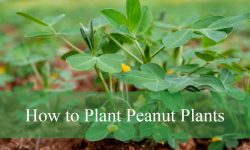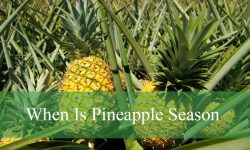Many types of oregano plants are ideal for different cuisines and decorations. But these plants have close similarities making it challenging to distinguish between edible and ornamental species.
The herb is a perennial evergreen plant that thrives in hot climates due to its drought-tolerant trait. We wrote this guide to share our different types of oregano plants from around the world.
Different Types of Oregano Plants
All oregano plants belong to the mint family and are members of the Origanum genus. These plants can be grown indoors and outdoors due to their quick adaptations in different climates. Read on to discover my favorite 15 oregano plant types for the kitchen garden:
Common Oregano
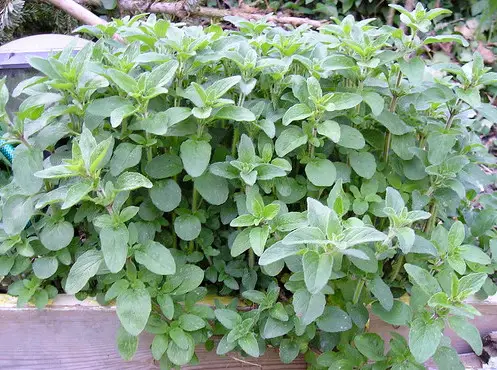
It is a woody perennial herb native to Europe and Africa. The perennial herb has squared stems adorned with scented ovate leaves.
The pungent aroma from leaves after crushing makes the herb an excellent option for cooking different Mediterranean dishes.
You can harvest the herb and use it when dried or fresh any time of the year. We recommend harvesting the plant in summer before blooming for the best flavors.
The pretty purple, white, or pink flowers can mark a bold statement in your backyard kitchen garden. Be sure to grow the herb under full sun and fertile well-draining soil.
Scientific Name |
Origanum vulgare |
Flower Color |
Pink, white, or purple |
Maturity Size |
3ft tall |
USDA Zone |
4-8 |
Syrian Oregano
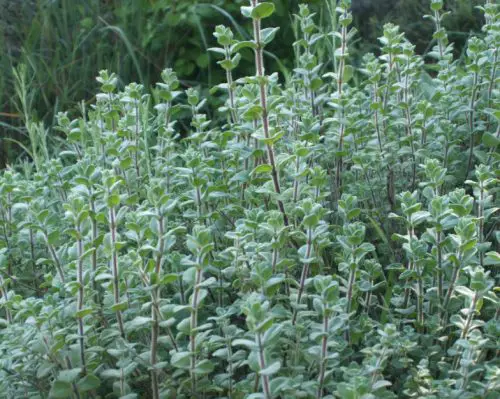
My favorite oregano species due to its subtle spicy kick and a few mint flavors when added to the dish. It is commonly used in Middle East cuisines.
The soft perennial herb has densely packed tender stems with numerous gray-green oval leaves. The plant thrives in hot climates and dry soil to increase its flavors.
You can use fresh or dried leaves of Syrian oregano plants which can be harvested any time of the year. It is also called the Lebanese oregano plant.
If you live in the city, you can grow the herb in the container outside and bring it inside during winter. Avoid overwatering and providing high humidity.
Scientific Name |
Origanum syriacum |
Flower Color |
White |
Maturity Size |
4ft tall |
USDA Zone |
9-10 |
Greek Oregano
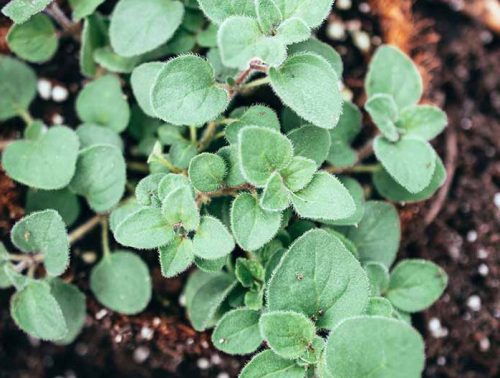
Greek oregano is also called European oregano or Turkish Oregano. It is a true oregano plant type due to its strong flavors for cooking Italian and Spanish dishes.
Many Italians love adding the herb to pizzas, pasta sauces, soups, and casseroles. The herb has close similarities with other oregano species.
The small dark-green leaves and tiny white flowers can make your kitchen garden stand out in the middle of summer. It can be grown from seeds or cutting propagation.
We recommend harvesting Greek oregano plants during early summer before flowering to enjoy the rich flavors. The herb thrives in hot climates and dry soil environments.
Scientific Name |
Origanum vulgare subsp. hirtum ‘Greek’ |
Flower Color |
White |
Maturity Size |
2ft tall |
USDA Zone |
5-11 |
Golden Oregano
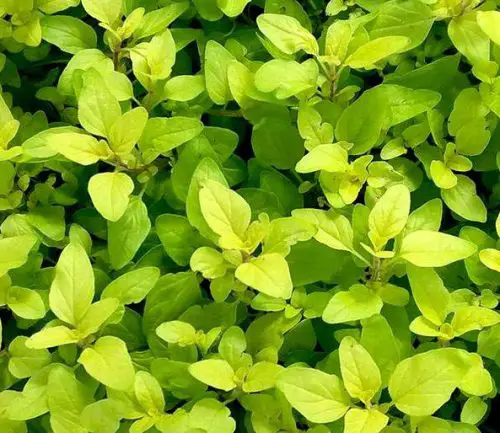
It is a cultivar of the common oregano plant with golden yellow leaves. The woody perennial herb has small oval leaves that cover the wiry stems.
The compact design makes this herb species an excellent ground-covering plant. It produces pale pink or purple flowers in the summer.
The evergreen perennial plant is mostly grown for ornamental purposes and not for culinary uses. But the subtle flavors make it an excellent choice for cooking dishes.
The aromatic leaves make the plant ideal for growing in containers around the seating areas to enjoy the fragrances. It is tolerant to humidity and drought.
Scientific Name |
Origanum vulgare ‘Aureum’ |
Flower Color |
Purple and pink |
Maturity Size |
2ft tall |
USDA Zone |
4-9 |
Italian Oregano
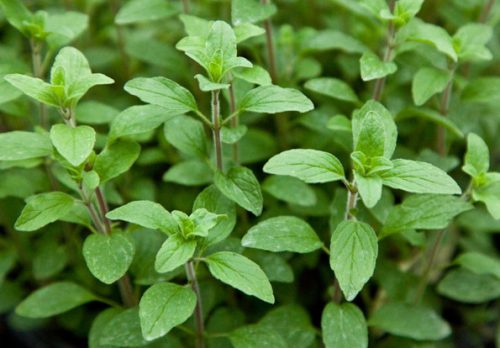
It is a hybrid herb of common oregano and marjoram species. The mild flavors make this type of oregano plant ideal for cooking.
The versatile herb can be used in several recipes of soups, tomato sauces, and pasta varieties. The herb grows 2ft tall and wide to fill gaps between larger shrubs.
It has large bright green leaves and produces small pink flowers in summer. Harvest the leaves in the morning in early spring before flowering.
Scientific Name |
Origanum x majoricum |
Flower Color |
Pink |
Maturity Size |
2ft tall |
USDA Zone |
8-11 |
Sweet Marjoram

Marjoram species are individual plants from oregano plants. But they belong to the same family and hail from Turkey.
The mounding habits and gray-green leaves covering the stems are distinctive features for easy recognition. It produces small white and pink flowers in the summer.
The foliages are sweet-scented and ideal for planting the herb in the seating areas for people to enjoy the fragrances. The delicate flavors are suitable for different cuisines.
Scientific Name |
Origanum majorana |
Flower Color |
White and pink |
Maturity Size |
2ft tall |
USDA Zone |
9-10 |
Cuban Oregano
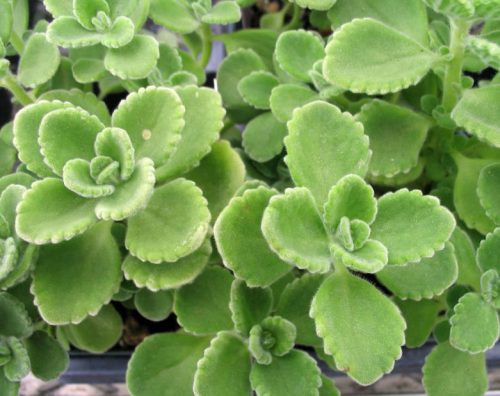
It is a perennial succulent herb with aromatic leaves suitable for cooking. The pungent flavors are stronger to suit Mediterranean cuisines and Italian pizzas.
The fuzzy grayish-green leaves and serrated margins are the distinctive features. The trailing growth habit makes the oregano species ideal for hanging baskets.
The pungent oil ingredient has medicinal properties for treating minor respiratory and throat infections. It can also aid in lactation stimulation among nursing women.
Scientific Name |
Plectranthus amboinicus |
Flower Color |
White, pink, or lavender |
Maturity Size |
12-18 inches |
USDA Zone |
9-11 |
Mexican Oregano
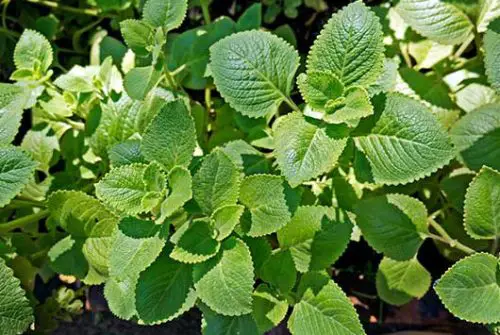
The Mexican oregano plant is also called Puerto Rican oregano. The perennial shrub hails from Mexico and the Southwestern United States of America.
The herb belongs to the verbena family and has bold flavors than other types of oregano plants. I recommend harvesting the leaves for the flowering season to commence.
The Mexican oregano has sparse leaves on the stem. We recommend planting several herbs if you’re planning to use the leaves for cooking.
Scientific Name |
Lippia graveolens |
Flower Color |
White and purple |
Maturity Size |
3-4ft tall |
USDA Zone |
9-11 |
Mexican Bush Oregano
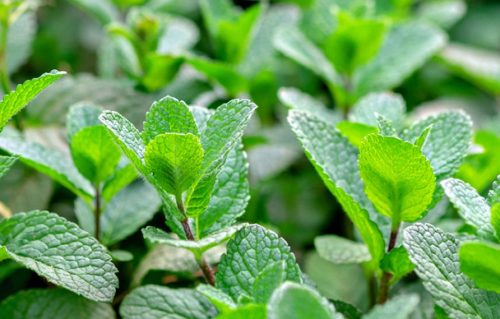
The Mexican bush oregano belongs to the mint family like the other species. The herb is also called Mexican sage or rosemary mint.
The aromatic herb has tube-shaped purple flowers that make a bold statement in your kitchen garden or seating areas for people to enjoy the aroma.
The flowering perennial can survive in harsh and hot climates. The herb is native to Mexico, Texas, and other dry regions of the United States.
Scientific Name |
Poliomintha longiflora |
Flower Color |
Scented purple flowers |
Maturity Size |
6ft tall |
USDA Zone |
7b-11 |
Pot Marjoram
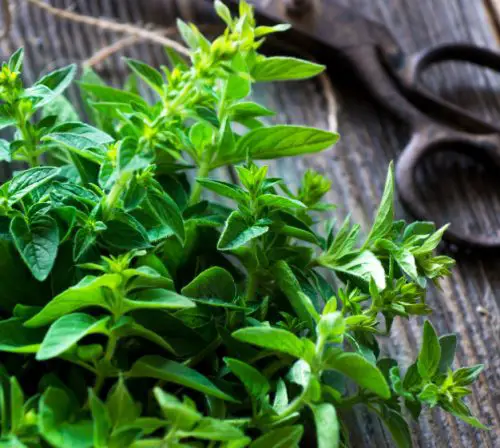
It is the spiciest herb of other types of oregano plants. Pot marjoram belongs to the mint family and it is a plant that looks like oregano.
The tender perennial herb thrives in cooler climates. It is mostly grown as an annual or undercover. The pretty flowers help attract butterflies to enhance pollination.
Scientific Name |
Origanum Majorana |
Flower Color |
White, pink, or purple |
Maturity Size |
1-2 inches tall |
USDA Zone |
4-8 |
Pilgrim Oregano
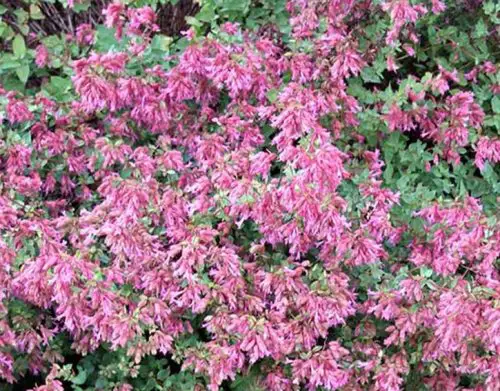
It is an ornamental oregano plant with little pink flowers and bright green leaves that make a bold statement in the garden.
This upright oregano species is suitable for indoor and outdoor environments. The outdoor species help attract pollinators into your garden.
USDA Zone |
5-9 |
Maximum Size |
24 inches tall |
Flower Color |
Pink |
Soil Type and Condition |
Well-draining and moderately moist |
Kent Beauty Oregano

It is an award-winning ornamental oregano plant due to its long-lasting pretty flower clusters and attractive leaves. It is perfect for front sunny containers or hanging baskets.
The semi-evergreen plant has trailing stems covered in densely small blue-green leaves with prominent silver veins. The aromatic leaves are not suitable for cooking.
USDA Zone |
6-9 |
Maximum Size |
5-9 inches tall |
Flower Color |
Pink, cream, and pale-green |
Soil Type and Condition |
Moist chalk and loam soil |
Hop-Flower Oregano
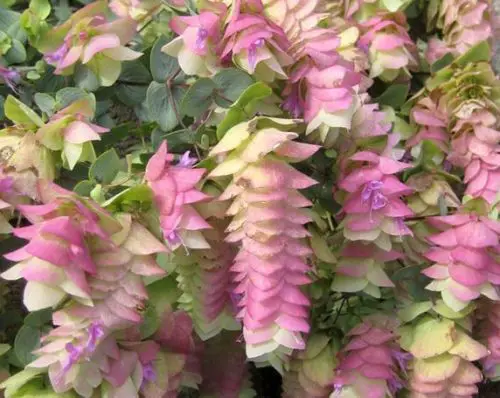
It is an old ornamental oregano plant that blooms in the mid-summer on tall stems with cascading sprays of tine-rose pink flowers and bracts.
These oregano species are excellent for planting on raised beds to display lantern-like flowers. The plant is tolerant to drought and resistant to deer or rabbits.
USDA Zone |
5-10 |
Maximum Size |
18 inches tall |
Flower Color |
Tine-rose pink |
Soil Type and Condition |
Well-draining soil |
Compactum Oregano
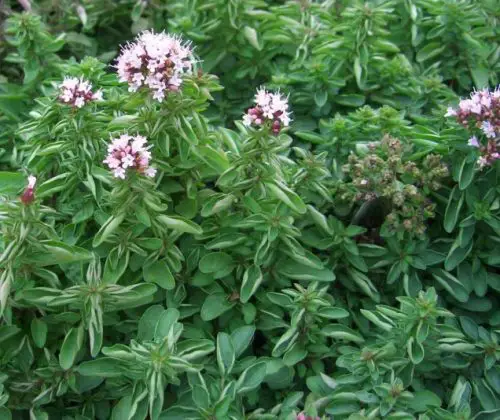
It is a dwarf ornamental oregano plant that can tolerate hot climates and drought. But be sure to avoid high humidity and overwatering when growing these plants.
The bushy woody-perennial plant has small aromatic ovate leaves. The fresh foliages help add spicy flavors to meat, fish, and pasta.
The oregano species is native to Europe and Central Asia. Besides that, it is toxic to dogs, cats, and horses. You can propagate it with seeds and cuttings in autumn or spring.
USDA Zone |
5-9 |
Maximum Size |
6 inches tall |
Flower Color |
Pale pink |
Soil Type and Condition |
Chalk or loam |
Amethyst Falls Oregano
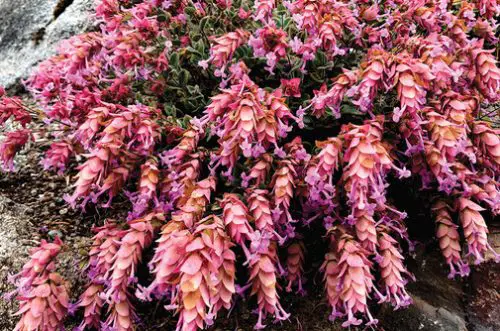
The ornamental oregano is a drought-tolerant species that can stay happy with an infrequent watering routine. It is native to Southwestern Asia and the Mediterranean.
The scented foliage can be used in the extraction of volatile aromatic oils ideal for making perfumes. We do not recommend it for culinary uses despite the aroma.
USDA Zone |
5-9 |
Maximum Size |
12 inches tall |
Flower Color |
Bright pink |
Soil Type and Condition |
Dry average soil |
You Might Also Like:



